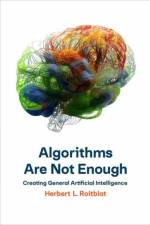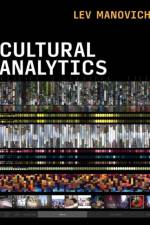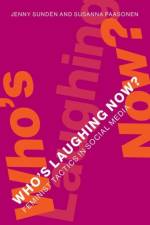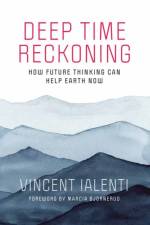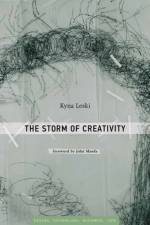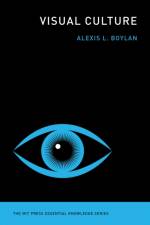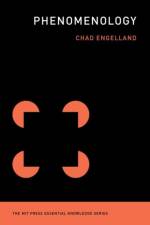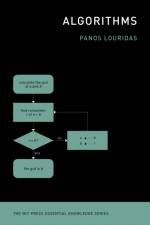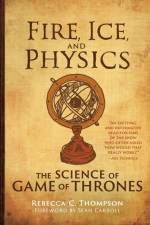- The Most Effective Strategies for Managing People, Teams, and Organizations
av MIT Sloan Management Review
291
Insights from organizations that are navigating the novel challenges of the digital workplace.How can technology and analytics help companies manage people? Why do teams working remotely still need leaders? When should organizations use digital assessment tools for gauging talent and potential? This book from MIT Sloan Management Review answers questions managers are only beginning to ask, presenting insights and stories from organizations navigating the novel challenges of the digital workplace. Experts from business and academia describe what's worked, what's failed, and what they've learned in the new world of work. They look at strategies that organizations use to help managers and employees adapt to the fast-changing digital environment, from the benefits of wool-gathering to the use of anonymous chats; examine digital tools for collaboration, including interactive spreadsheets and analytics that increase transparency; and discuss such "big-picture” trends as expanded notions of value and new frontiers in upskilling. A detailed case study, produced by MIT Sloan Management Review in collaboration with McKinsey & Company, explores how IBM reimagined talent and performance management with the goal of increasing employee engagement.ContributorsSteve Berez, Ethan Bernstein, Josh Bersin, Matthew Bidwell, Ryan Bonnici, Tomas Chamorro-Premuzic, Rob Cross, Chris DeBrusk, Federica De Stefano, Thomas H. Davenport, Angela Duckworth, Ken Favaro, Lynda Gratton, Peter Gray, Lindred Greer, John Hagel III, Manish Jhunjhunwala, David Kiron, Frieda Klotz,, David Lazer, Massimo Magni, Likoebe Maruping, Kelly Monahan, Will Poindexter, Reb Rebele, Adam Roseman, Michael Schrage, Jeff Schwartz, Jesse Shore, Brian SolisBarbara Spindel, Anna A. Tavis, Adam Waytz,, David Waller, Maggie Wooll


